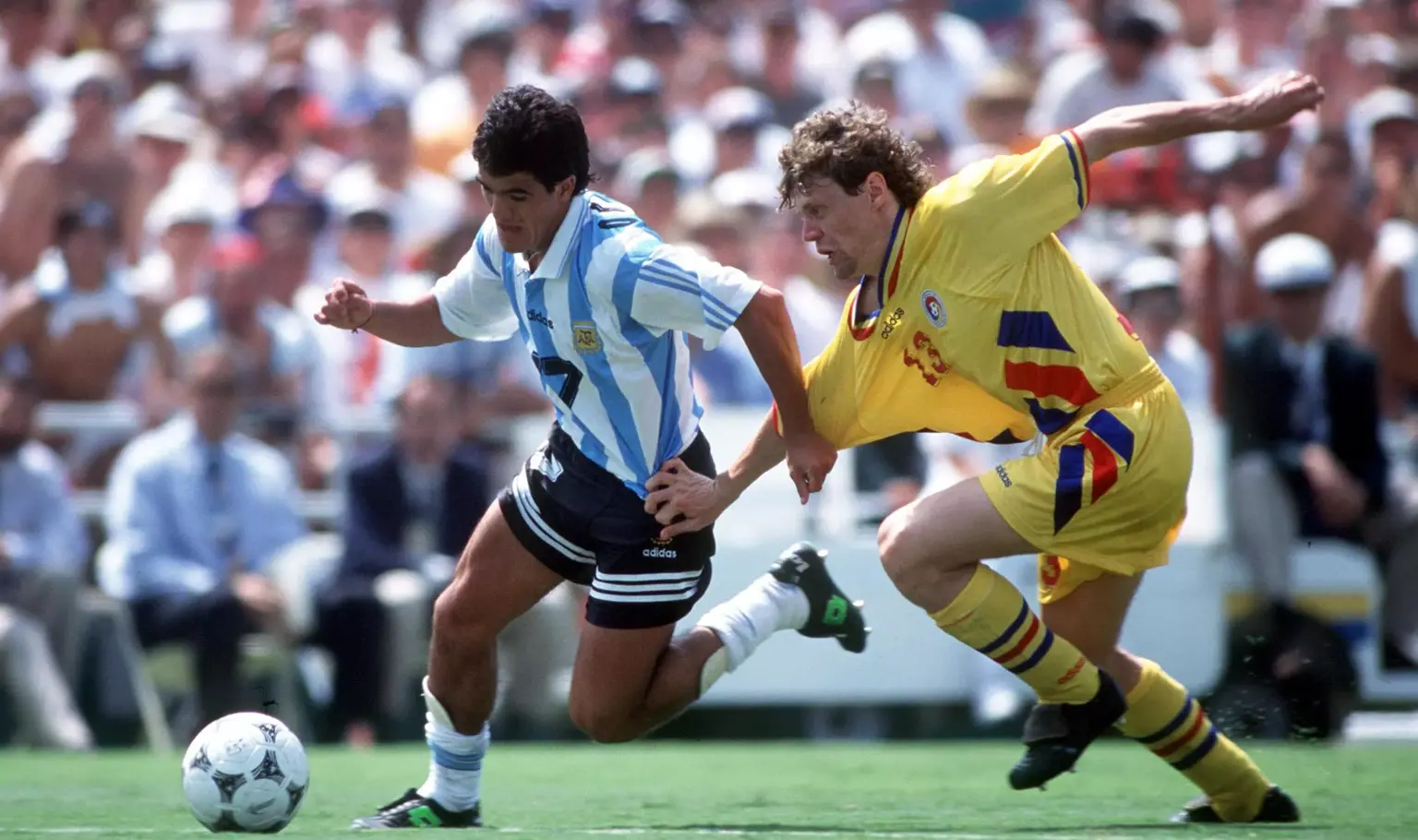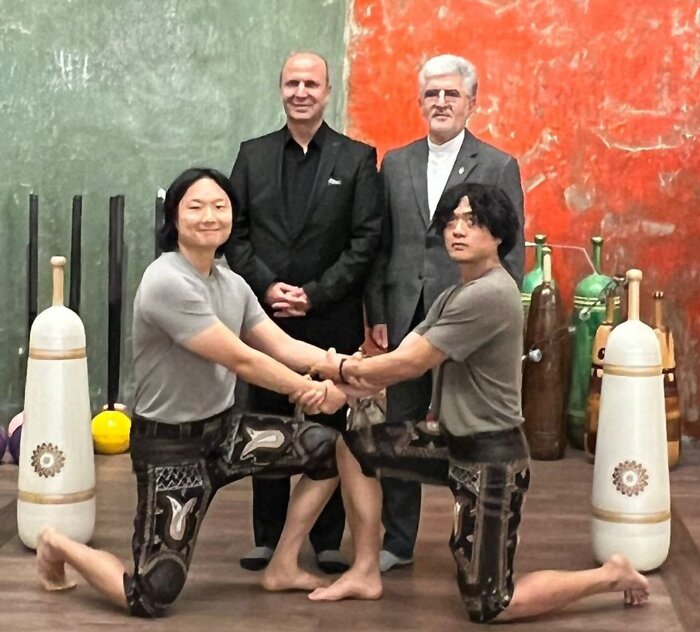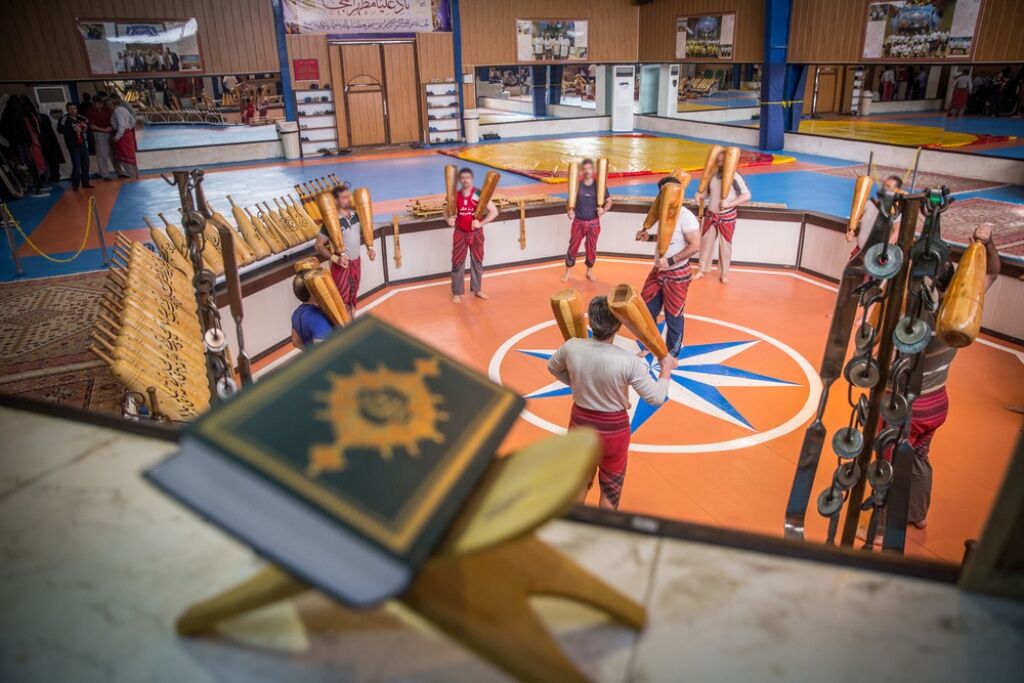There were so many ruts in the pitch, the ground so hard and bare, that it could be easier to feint and dummy your way past opposing players than play a pass that had little chance of reaching its destination. And it was so dry that there was little point in planting the sole of your foot on it.
The best way to get around was on tiptoe, like a burglar trying not to make a noise. In this particular part of the world, in fact, in the northerly Argentinian city of Jujuy to be exact, the ground was so hot that training shoes did not survive for long. The only alternative, therefore, was to learn to play barefoot and put up with the pebbles, shards of glass, and a few cuts or two.
That was the kind of pitch Ariel Arnaldo Ortega ran out on when he came home from school, clutching a maté herbal drink and a chunk of bread. That was all he needed to feel happy.
There is common thread running through the history of the Argentina No10 jersey, a unique identity shared by every player that wears it. Each of them, however, brings something different to it. Independiente icon Ricardo Bochini was a cultured passer of the ball, River Plate’s Norberto Alonso liked to shoot on goal, and Boca Juniors legend Juan Roman Riquelme was more of a strategist. For his part, Ariel Ortega was a master of the gambeta, the dribble, while Diego Maradona and Lionel Messi – the greatest Albiceleste No10s of them all – combined all of those qualities.
In an interview with ESPN, Ortega was asked what he enjoyed the most: an assist, a goal or a dribble. The answer came quickly, as he recalled a wonder goal he scored in a friendly against Republic of Ireland in 1998. Bursting into the right-hand side of the box, he found goalkeeper Shay Given bearing down on him on the edge of the six-yard area and Jeff Kenna sliding in in an effort to dispossess him.
Instead of shooting from a narrow angle, Ortega checked his run, watched the helpless Kenna skid by and stood up to Given, now hopelessly exposed and out of position. A couple of feints and a delicate chip later and the ball was nestling in the back of the Irish net. “I watched it back on TV and saw how far the Irish guy slid by – amazing,” said a chuckling Ortega.
He was an enganche, that quintessentially Argentinian position that the No10 took up between the midfielders and the forwards, an attacking role supporting the centre-forward or wingers. Albiceleste No10s were commonly given a roving brief, except during Marcelo Bielsa’s tenure, from 1999 to 2002. Even today, people still talk about the times El Burrito (Little Donkey) had to track back to mark Roberto Carlos on the flank whenever Argentina faced Brazil. For some reason, however, the coach who restricted Ortega the most became his favourite of them all, perhaps because he added that extra dimension to his game.
Bielsa, who can be anything but pragmatic on occasions and unyieldingly rigid on others, has always expressed admiration for one of the very few aspects of the game over which he has no influence.
“I don’t think you can teach players how to dribble,” he once said. “It’s one of the few things that’s impossible to teach. You only have to look at the academies to see that. They try to show two or three classic ways of getting past opponents, including dribbles, but when they try to replicate it you realise that it’s something you just can’t do with a dribble. There is no replicating it.”
During the dressing-room inquest that followed the 1-1 draw with Sweden that ended Argentina’s hopes at the 2002 FIFA World Cup Korea/Japan™, Ortega said to Bielsa: “How come I couldn’t produce a dribble to win the game?” Currently attempting to steer Uruguay through the FIFA World Cup 26™ qualifiers, the coach they call El Loco recently pondered that very question: “Argentina created 15 goalscoring opportunities in that game, and there was Ortega, who was all instinct and a master of the dribble, lamenting the fact he couldn’t come up with one at such a crucial time.”
The dribble is a technical facet of the game that involves keeping the ball under close control and shifting it from one instep to another. Ortega was so adept at it that the ball hardly ever got away from him. Only 1.69m tall, his low centre of gravity allowed him to bend over the ball as if about to cross it, change direction, and then repeat the sequence on the other side, leaving the defender in mid-air or sticking a leg out in a forlorn bid to block a cross that never was.
It would all happen so quickly that Gabriel Batistuta once admitted to preferring Claudio Lopez, the other wide man of the Bielsa era, as a strike partner because his crosses were much easier to anticipate. Something of an anti-hero, Ortega was unable to control his emotions in the quarter-final tie against the Netherlands at France 1998, headbutting Edwin van der Sar to leave Daniel Passarella’s side a man down in a match they would go on to lose.
Despite that blemish, the diminutive entertainer left a legacy. The dribbling skills displayed by Claudio Echeverri at the FIFA U-17 World Cup Indonesia 2023™ are proof of that, the kind of skills nurtured on the hard ground Ortega once played on and kept alive by the legend of the No10.
Footballers are often asked what they would have done if they had not made it. It is hard to imagine what Ortega could have done in a parallel universe because if there is one thing that is true about his football and his life, it is something that Maradona once uttered: “Dribbling is entertainment”.
Perhaps Ortega never needed to be a professional, earn money, win titles and become famous. Perhaps what he needed – and still needs – is just another dribble. That is why even today, at the age of 50, whiter of hair and a little fuller of frame, every goal he scores for his beloved River in Argentina’s veterans competitions goes viral. And if he had never made it, he would probably still be playing his trade on a patch of rough ground in his native Jujuy, waiting to conjure up another gambeta.
- نویسنده : محمد مهدی اسماعیلی رها





























Saturday, 6 December , 2025